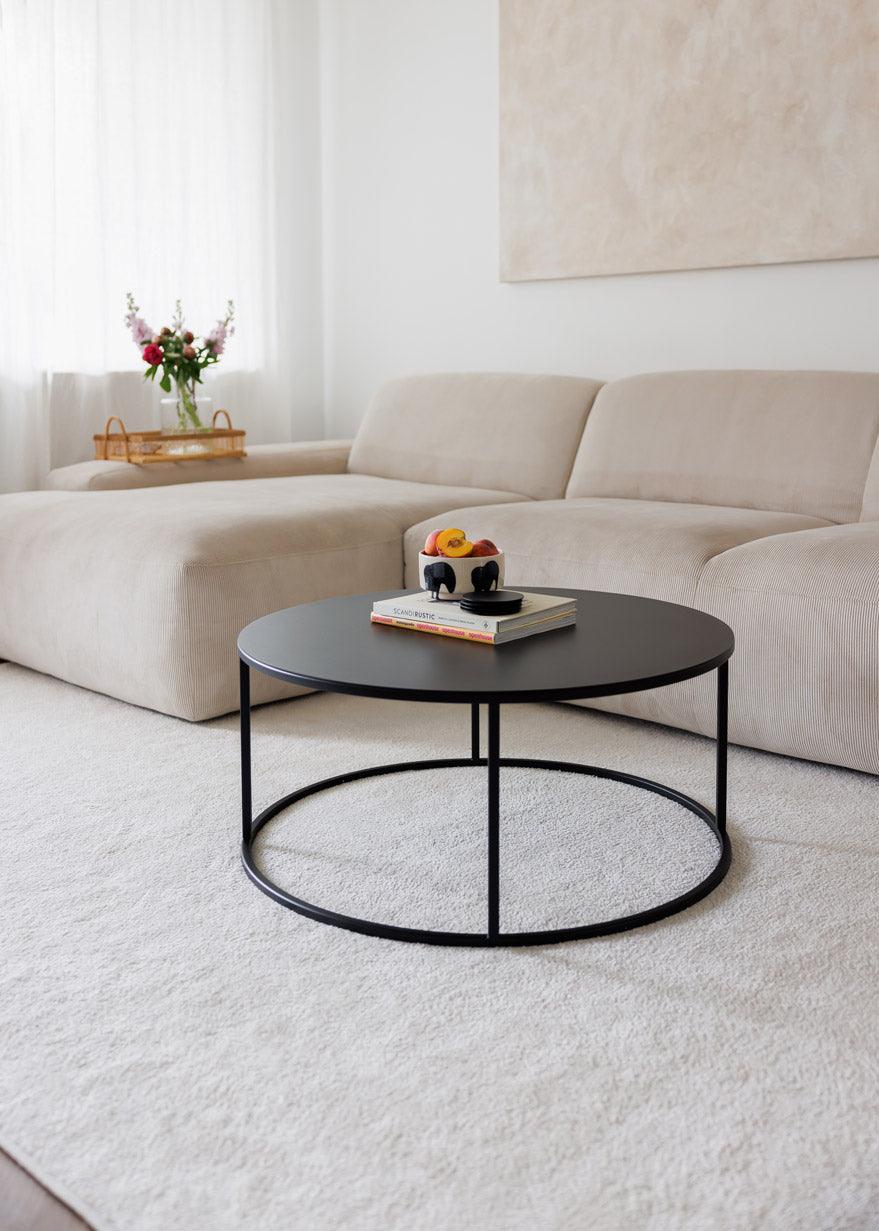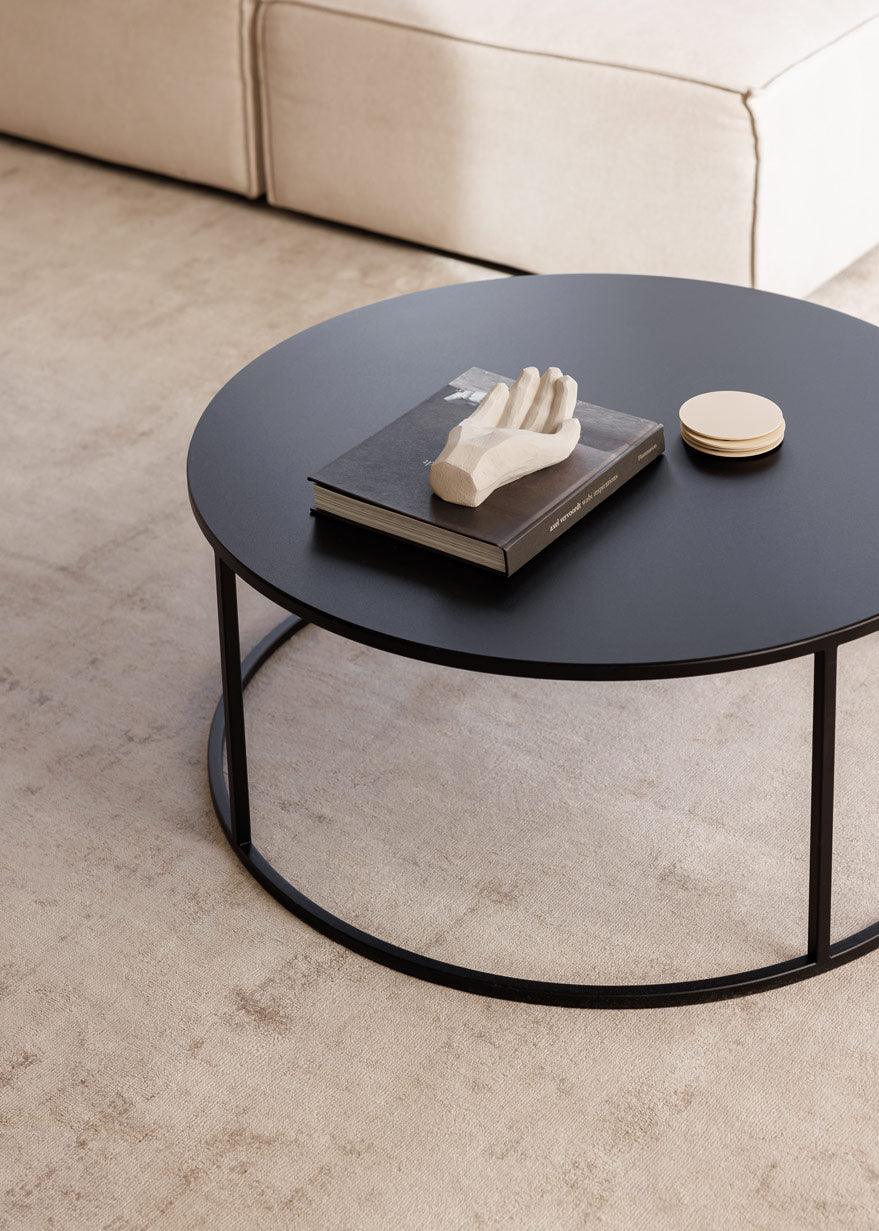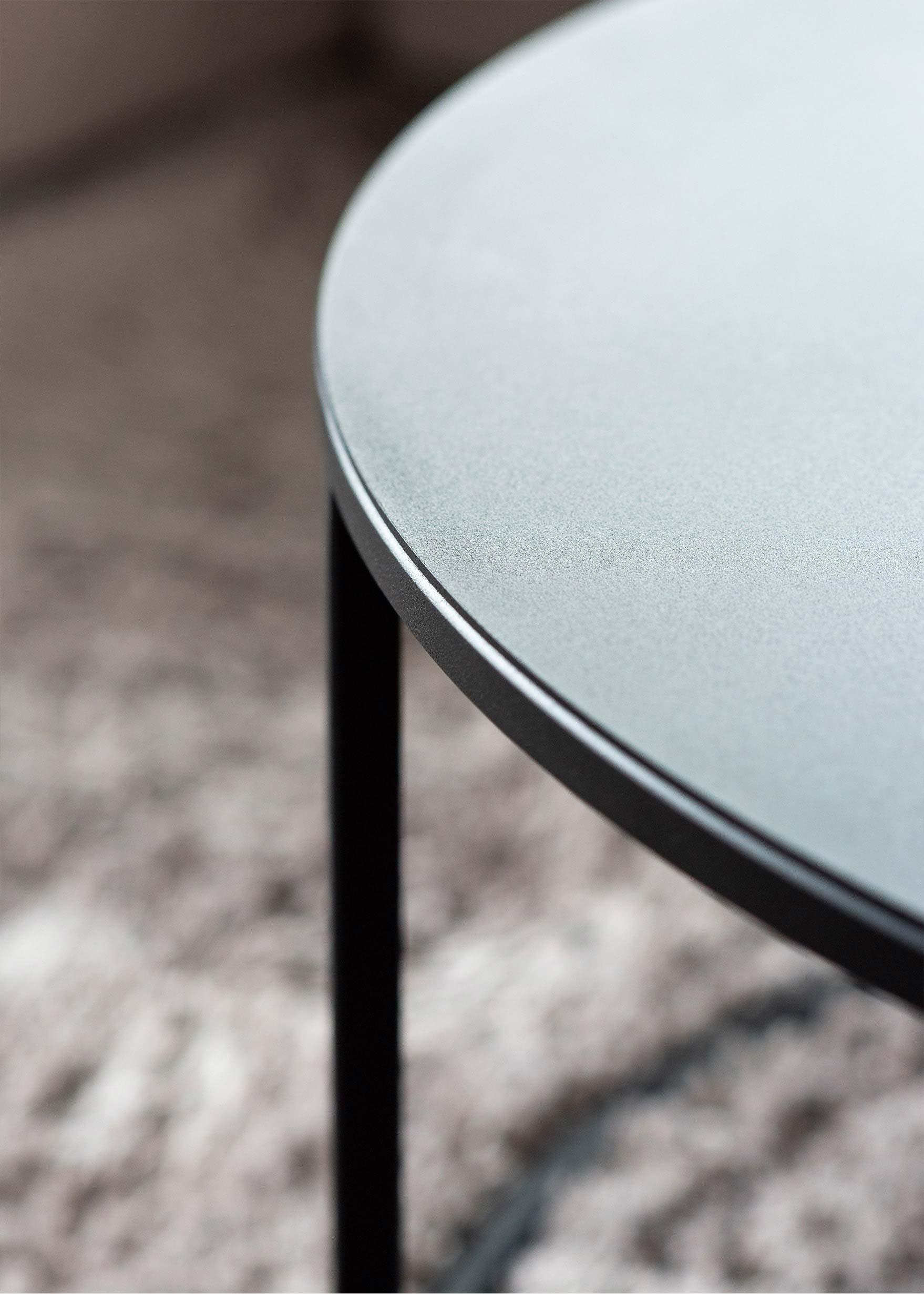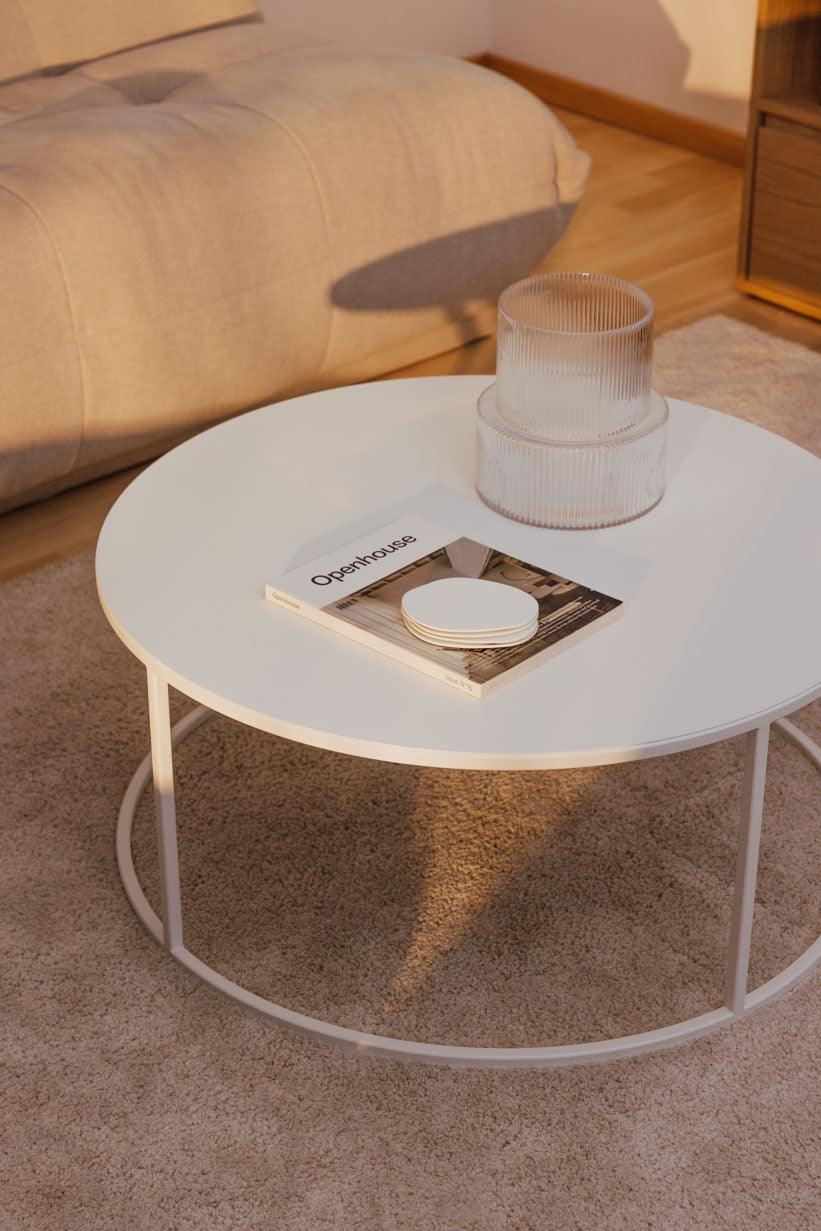Japandi - Minimalist and Cozy
Japandi: This means combining Japanese and Scandinavian living style values. Scandinavian clarity meets Japanese nature affinity. The result is minimalist aesthetics with cozy warmth. Light wood, organic shapes, and natural materials make the home truly hyggelig.
Japandi impresses with its purist design
The commonalities of the two very different cultures are the straightforwardness, the functionality of the furniture, and the purist design. Both styles prioritize quality over quantity - Less is more.The color palette of the Scandi decor in light colors meets the dark tones of Japanese accents. Brown, beige, terracotta, gray, and black are the dominant colors.
Wabi-Sabi - Appreciating the Imperfect
The Japanese note in the Japandi style is complemented by a living concept of Zen Buddhism. It's called Wabi-Sabi and means something like "appreciating the imperfect, noticing what is easy to overlook."
Organic Shapes and Naturalness
The interior appears pure and simple, with its clear lines. Few but expensive individual pieces stand on freely flowing floor space.Finally, the furnishings should be high-quality and durable. Purist, but not perfect. The Japanese style does not exclude signs of use. Organic shapes and natural materials, such as wood and natural colors, provide warmth and elegance.The black steel coasters for the traditional tea ceremony should not be missed!
Written by Laura Joy Albrecht







Share:
Living Room in Black and White
Industrial Style